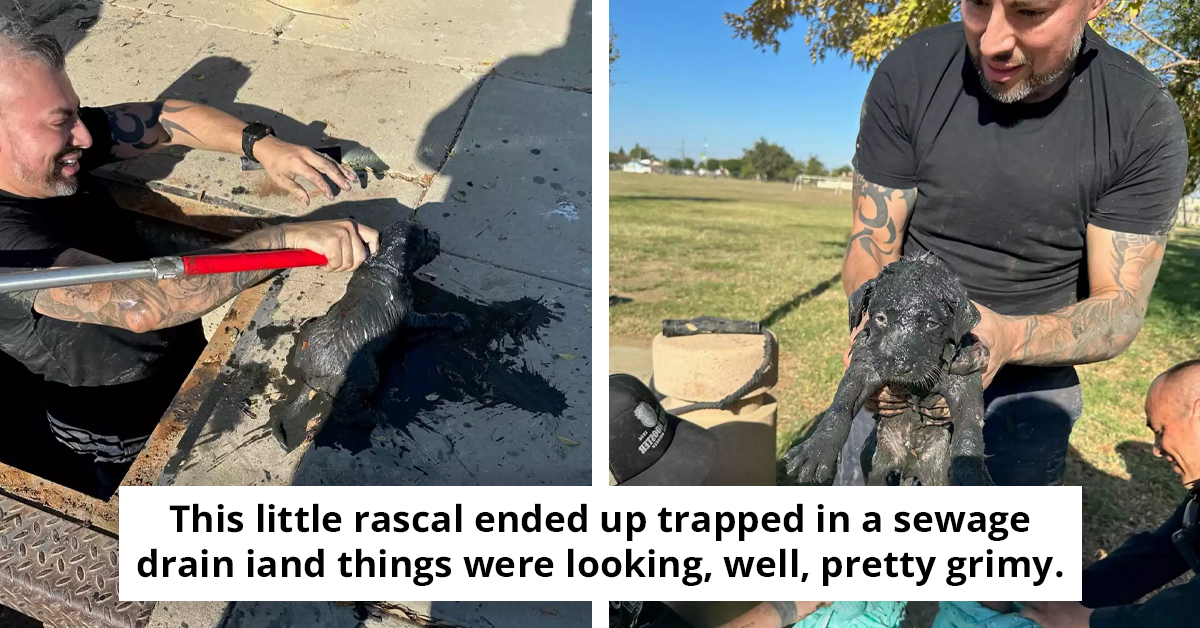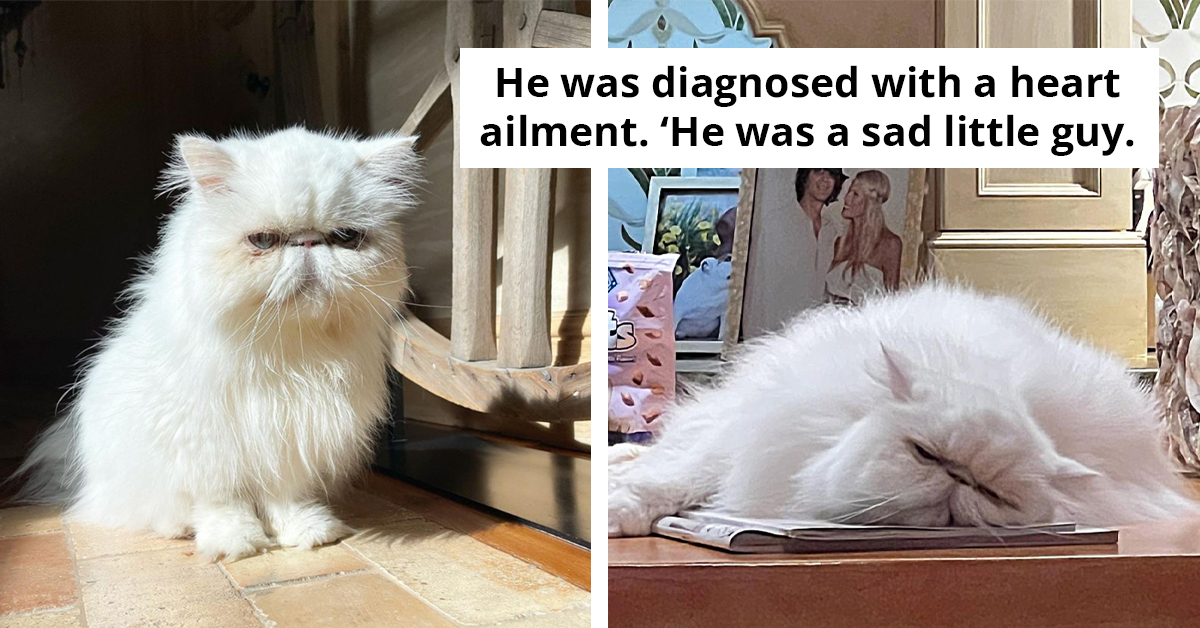Group Of Lions Finally Experience Freedom In Africa After Spending Their Whole Lives In Traveling Circuses
Even if circuses are a source of entertainment for many people, the mistreatment that animals endure as part of the crew is inhumane. These animals, especially big cats, are often forced to live in tiny, cramped cages as they are carted from town to town, depriving them of their basic needs to roam, exercise, and play.
They are also mostly forced to do their business in the same place where they eat, drink, and sleep. Not only is this borderline abusive, but it is also very unhealthy for them. The only "freedom" they experience most of the time is when they are released for their performances—but at the expense of being whipped by people to get them to do something they were "trained" to do.
As a result, most of these caged big cats are overweight, and many suffer in various ways, including psychologically. The stressful environment causes them distress, leading them to pace back and forth, and sometimes, they even become triggered enough to mutilate themselves, sadly.
Circuses often get away with the abuses they inflict upon these animals because there are no government agencies that monitor their training and routines. Big cats are usually dragged around with heavy chains around their necks and are whipped or hit with sticks for discipline.
This is why it's such a relief to know that 33 lions have been saved from a potential lifetime of abuse in the circus and are now basking in the warm climate of Africa, free from any kind of torture. Read on to find out the whole story!
Thirty-three circus lions have been saved from further injustice and are now enjoying the African sun on their backs and grass under their feet after enduring a lifetime of abuse in the traveling circuses in Colombia and Peru.
They made a safe journey back to Africa after being rescued by Animal Defenders International (ADI).
Tim Phillips, the co-founder of Animal Defenders International, stated that they faced many challenges in locating and rescuing these lions from illegal traveling circuses operating in Peru and Colombia.

Circus animals are actually banned in several countries, but there are still traveling circuses that operate in more remote areas and have moved their business underground ever since the laws were signed.
The teams at ADI have worked with government authorities to locate and save the animals, according to natureknows.org. There have been times when they were accompanied by SWAT teams and riot police to ensure that the animals would be rescued without fail.
The big cats from the circuses are then transferred to Andres in remote areas before being brought to their respective rescue centers.

The thirty-three lions were just a portion of the almost 100 animals that were saved. It wasn't easy at all, though, because saving them took 18 months of proper planning and strategizing.
They are then set to fly to Africa, their land of origin. However, the bad news is that most of these lions won't even be able to survive on their own because of their physical conditions—smashed teeth and missing claws included.
“They can’t go back to the wild, but they can go back home,” Tim said in an interview.

The lions would now be living at Emoya Big Cat Sanctuary in Vaalwater, South Africa.
“African sun, African night skies, African bush and sounds, clouds, summer thunderstorms, large enclosures in a natural setting where they can remember who they are,” said Savannah Heuser, founder of Emoya Big Cat Sanctuary.
Take a look at the lions below!
Here's another video of them:
Tim said saving the old lions and bringing them back to Africa is one of his proudest moments, and he should be! It's a good thing that people like him are in organizations that are dedicated to saving these animals, even if they are generally perceived as dangerous!
Comment with your thoughts, or share this article for all your family and friends to see!



